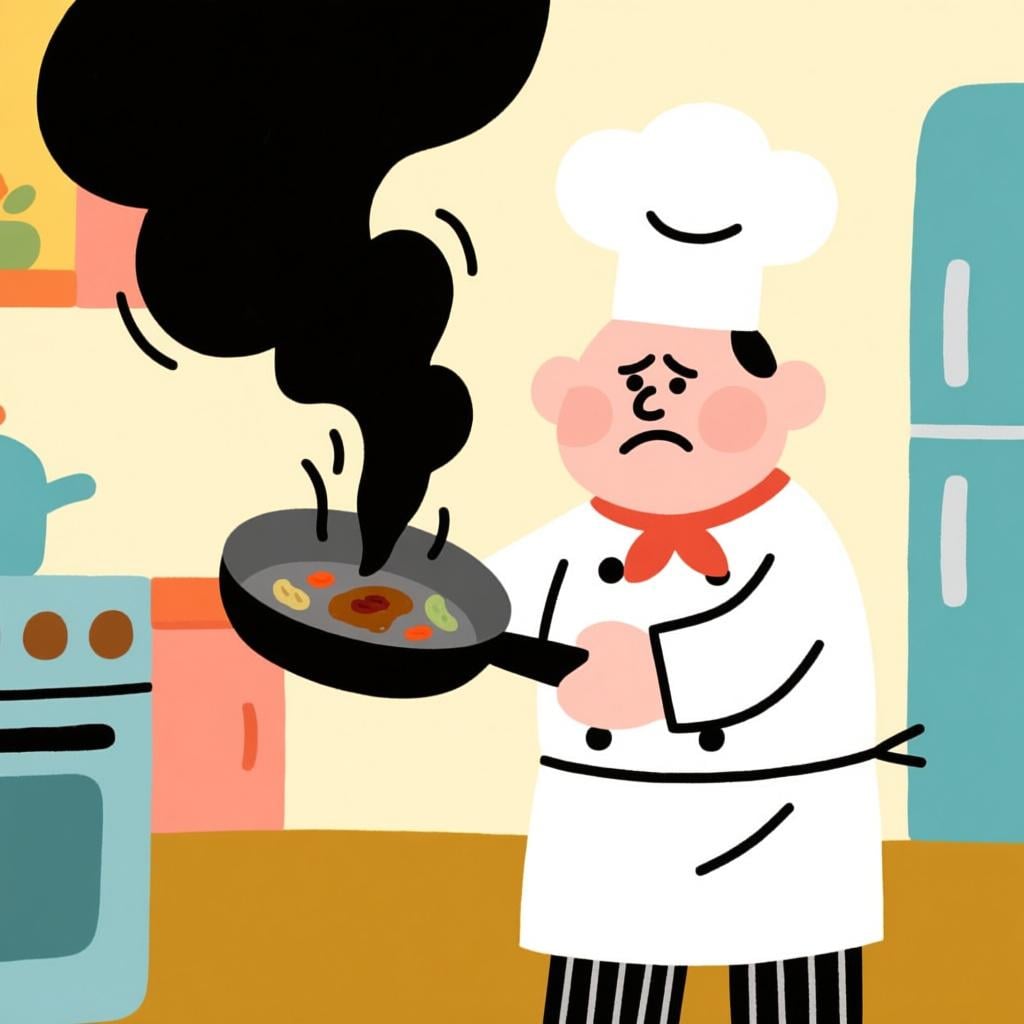peor
/peh-OR/
worse

The dilapidated house is peor (worse) than the sturdy one.
peor(Adjective)
worse
?Used to compare two things.
worst
?When used with 'el', 'la', 'los', or 'las'.
📝 In Action
Mi conexión a internet es peor que la tuya.
A2My internet connection is worse than yours.
Esta es la peor película que he visto.
B1This is the worst movie I have ever seen.
Los resultados fueron peores de lo que esperábamos.
B2The results were worse than we expected.
💡 Grammar Points
One Form for 'Worse'
In Spanish, peor is the single word for 'worse'. You don't combine 'más' (more) and 'malo' (bad). Think of it like how English uses 'worse' instead of 'more bad'.
How to Say 'The Worst'
To say 'the worst', just put 'el', 'la', 'los', or 'las' in front of peor. For example: el peor libro (the worst book), las peores noticias (the worst news).
Doesn't Change for Gender
Peor is a handy adjective because it doesn't change for masculine or feminine things. It's el coche peor and la casa peor. It only changes for plural things (peores).
❌ Common Pitfalls
Saying 'Más Malo' or 'Más Peor'
Mistake: "Este café es más malo que el otro."
Correction: Este café es peor que el otro. `Peor` already means 'more bad', so adding `más` is like saying 'more worser' in English.
⭐ Usage Tips
Comparing with 'que'
When you compare two things using peor, you connect them with que (than). For example: 'Un perro es peor que un gato para un apartamento pequeño' (A dog is worse than a cat for a small apartment).

He cooks peor (worse) when he is distracted.
📝 In Action
Hoy me siento peor que ayer.
A2Today I feel worse than yesterday.
Él conduce peor cuando está cansado.
B1He drives worse when he's tired.
La situación económica del país va de mal en peor.
B2The country's economic situation is going from bad to worse.
💡 Grammar Points
Describing Actions
When peor is used like this, it describes how an action is done. It answers the question 'How?'. For example, '¿Cómo cantas?' (How do you sing?) -> 'Canto peor que mi hermana' (I sing worse than my sister).
Always Stays the Same
As an adverb, peor never changes. It doesn't become plural or feminine. It's always just peor.
⭐ Usage Tips
Use with Verbs of Sensation
Peor is very common after verbs like sentirse (to feel), estar (to be, for conditions), verse (to look), and sonar (to sound).

The heavy boulder is lo peor (the worst part) of the tower.
peor(Noun)
the worst part
?Referring to the most negative aspect of something.
the worst thing
?Referring to the most negative event or concept.
📝 In Action
Lo peor del viaje fue perder el pasaporte.
B1The worst part of the trip was losing the passport.
No te preocupes, ponte en lo peor y verás que no es tan grave.
B2Don't worry, imagine the worst-case scenario and you'll see it's not so bad.
Para mí, lo peor es la hipocresía.
B2For me, the worst thing is hypocrisy.
💡 Grammar Points
The Magic of 'Lo'
When you put lo in front of peor, it turns the idea of 'worst' into a thing you can talk about. 'Lo peor' means 'the worst part' or 'the worst thing'.
⭐ Usage Tips
Introducing a Problem
'Lo peor es que...' is a super common way to start a sentence when you're explaining the main problem or downside of a situation. 'Me encanta la playa, pero lo peor es la arena en el coche.' (I love the beach, but the worst part is the sand in the car).
✏️ Quick Practice
💡 Quick Quiz: peor
Question 1 of 3
Which sentence is grammatically correct?
📚 More Resources
Frequently Asked Questions
Can I ever say 'más peor'?
No, never. It's considered incorrect in Spanish, just like saying 'more worser' in English. `Peor` on its own means 'worse'.
What's the difference between 'malo' and 'peor'?
`Malo` means 'bad'. `Peor` means 'worse'. You use `malo` to describe one thing ('Este libro es malo') and `peor` to compare it to something else ('Este libro es peor que el otro').
How do I make 'peor' plural?
Easy! Just add '-es' to make `peores`. You use this when the thing you're describing is plural. For example, 'Estos son los peores asientos' (These are the worst seats).